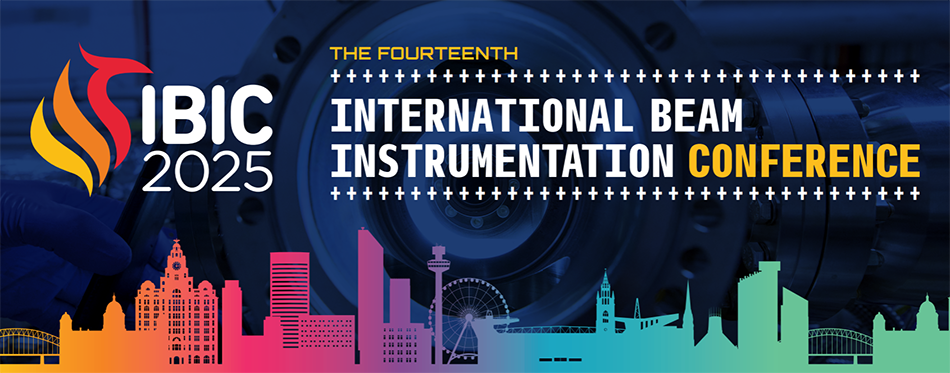Speaker
Description
In 2024, the Large Hadron Collider (LHC) delivered Pb-Pb ion collisions at a beam energy of 6.8 Z TeV with a stored beam energy of more than 20 MJ. In order to clean beam halo particles and avoid quenching the LHC superconducting magnets, the novel crystal collimation method employing 4 mm-long crystals was introduced for ion operation in the LHC Run 3. The LHC Beam Loss Monitoring (BLM) system triggers the beam dump in case the measured losses are above certain predetermined thresholds. Important adjustments were needed in order to optimize these thresholds in accordance with the peculiar loss pattern produced by crystal collimation. This contribution explains the newly observed beam loss patterns during Pb ion operation with crystal collimation in place, as well as the study that was carried out to update the BLM thresholds for Pb ion operation in the LHC Run 3.
| I have read and accept the Conference Policies | Yes |
|---|

